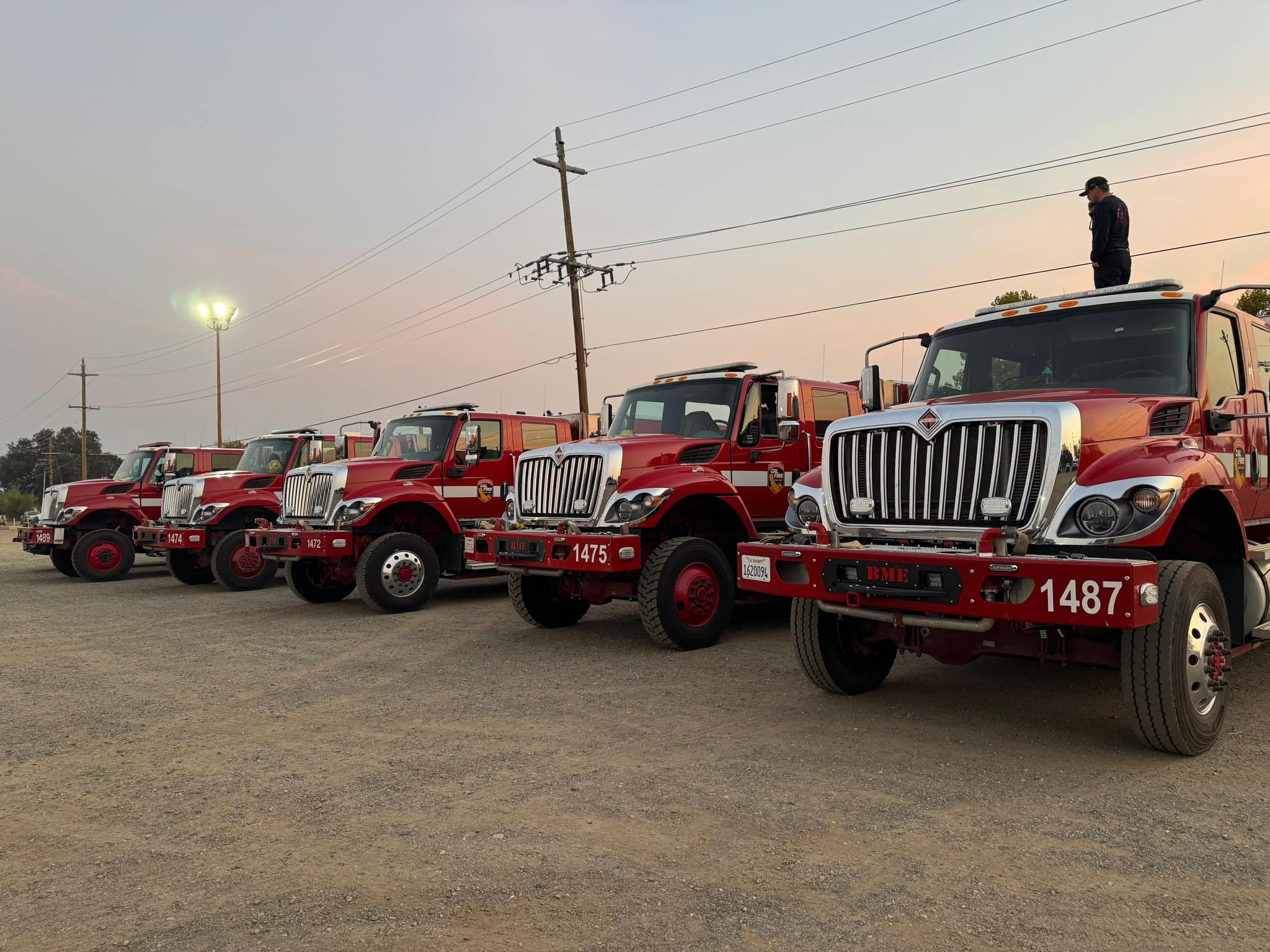The Eaton and Palisades Fires earlier this year were the most destructive in the city’s history, and Los Angeles County is working to make sure that the region is better prepared for future wildfires.
With prolonged droughts and climate change making wildfires more probable and more dangerous, preparation will be key to ensure an event like the 2025 Los Angeles wildfires are not as devastating to communities, families, and livelihoods.
To that end, Los Angeles County commissioned a report by the McChrystal Group to understand what went wrong and how to shore up the region’s defenses against future wildfires. In late September, crisis management firm McChrystal Group published the 2025 Wildfire After-Action Report with findings from their research and analysis.
Here’s what the report found, and how Los Angeles County is going to work to make sure such a destructive event doesn’t happen again.
Report background

The McChrystal Group is a leadership and crisis management firm led by retired U.S. Army General Stanley McChrystal. The company is a consulting firm that focuses on optimizing decision making, leadership, and problem solving at bureaucratic organizations.
In the wake of the 2025 LA wildfires, Los Angeles County commissioned the McChrystal Group to put together the report from data analysis, interviews with stakeholders, and firsthand accounts from hundreds of responders and community members.
The result is a detailed and in-depth analysis of how local emergency response agencies handled alerts and notifications, evacuations, and coordination during the wildfires.
What went wrong in the 2025 LA wildfires

The McChrystal Group found a number of contributing factors that added up to an especially catastrophic fire event earlier this year. In the report, the writers describe the conditions and factors as a “perfect storm.”
These various factors include:
- Environmental Conditions: The fires were exacerbated both by the driest start to the wet season on record and hurricane-force Santa Ana winds that hit Los Angeles County. Winds, which sometimes exceeded 100 miles per hour, accelerated the flames, hurled embers up to two miles away, and grounded firefighting aircraft.
- Power Failures & Timing: The Eaton Fire specifically broke out at night during a period of widespread public safety power shutoffs (PSPS) events. These power shutoffs, as well as cellular outages, left some neighborhoods with warning or no light to evacuate.
- Strained Resources: At the height of the crisis, firefighters were battling seven separate fires across the Los Angeles region. Responding agencies were already short-staffed and under-resourced for the blaze. The fact that several fires burned at once meant departments were forced to split resources and reduce response capacity.
- Fragmented Policies: The report found that there wasn’t a single point of failure in the policy and communication change. Instead, it found a systemic pattern of outdated evacuation protocols, unclear authority structures, and fragmented coordination between responding agencies.
- Public Confusion: Residents reported inconsistent emergency alerts and delayed notifications during the event. Additionally, many residents reported receiving no wildfire alerts or evacuation orders at all.
Recommendations

Although the report painted a bleak picture of the conditions that can create a catastrophic event like the 2025 LA wildfires, it also contained a number of priorities and recommendations that Los Angeles County can use to mitigate the problems.
The report broke down recommendations and improvements in five general categories:
- Policies, Protocols & Operating Procedures: The report recommends updating policies to clearly identify roles and responsibilities, improve cross-department communication, and make preparedness strategies much more consistent.
- Training & Planning: Another recommendation was to improve emergency response training to boost readiness, especially for law enforcement performing evacuations, fire incident responses, and traffic control.
- Resource Management: The report recommended closing personnel gaps in critical positions, updating or improving aging equipment, and more efficiently managing department resources. This also includes restricting the Office of Emergency Management and increasing staffing.
- Situational Awareness: To battle lack of consistent information, the report recommends streamlining coordination and communication tools to allow for better monitoring of current conditions, more efficient evacuation orders, and better collaboration between agencies.
- Community Engagement: Finally, the report recommended improving how Los Angeles County informs the public of emergencies. This includes creating a “cohesive framework” for public outreach and education that’s built in collaboration with both local and state partner agencies.
Many of these recommendations are already being worked on by Los Angeles County emergency departments. L.A. County Fire Chief Anthony Marrone, for example, said that improvements were already underway. “We are going to be better next time,” he added.
The road ahead
This is not the only after-action report that Los Angeles County has commissioned. The McChrystal Group is also actively working on a review of the current recovery and rebuilding efforts. This report should come out in about nine months.
In the meantime, the rebuilding effort in Los Angeles County is still happening — and slowly. Last month, a report found that the number of permits issued by the city and county of Los Angeles amounted to less than 10% of the homes destroyed during the fires.
Rebuilding is going to be a long and arduous road for survivors and communities. Emergency response agencies are strained, economic resources are dwindling, and recovery seems increasingly out-of-reach for many. In addition, recommendations to strengthen future emergency responses must specifically include Altadena. As the Altadena Town Council pointed out in their response to the report, there needs to be a clear commitment to direct funding and fire protection resources to Altadena and address the underlying gaps in resources in the community.
That’s why organizations like ours are stepping in to help. At Lotus Rising LA, we believe that recovery and rebuilding is not just a government issue — it’s the responsibility of communities to care for each other and to keep raising awareness so that no one is left behind.
If you would like to share your story or learn about what we’re building and how you can help, you can learn more here.
Disclaimer: The content shared in our blog is for informational purposes only and should not be considered legal, medical, or financial advice. Please consult with a qualified professional for guidance specific to your situation.

